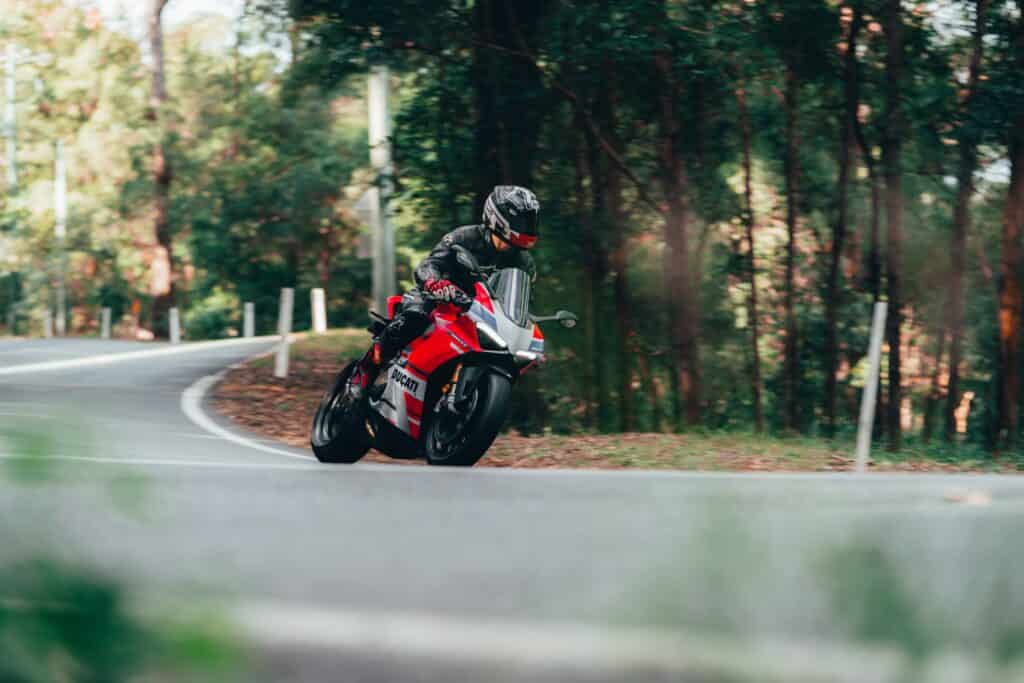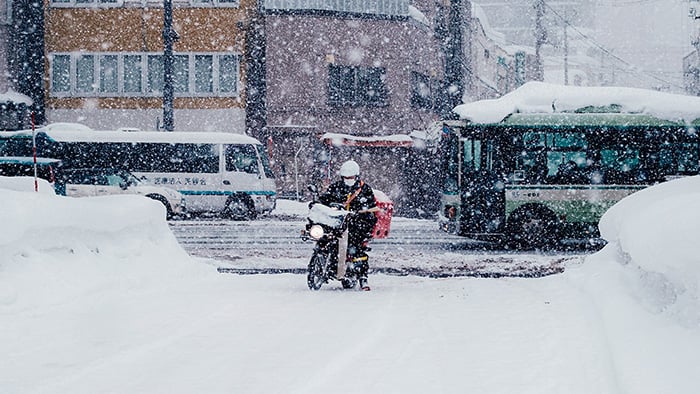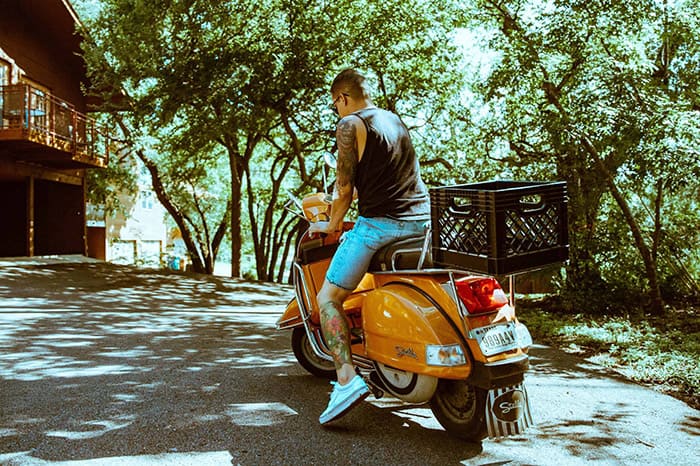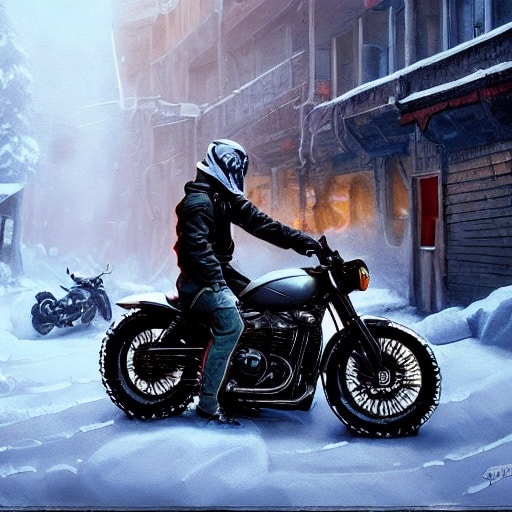The Ultimate Guide to Choosing the Best Motorcycle to Learn On
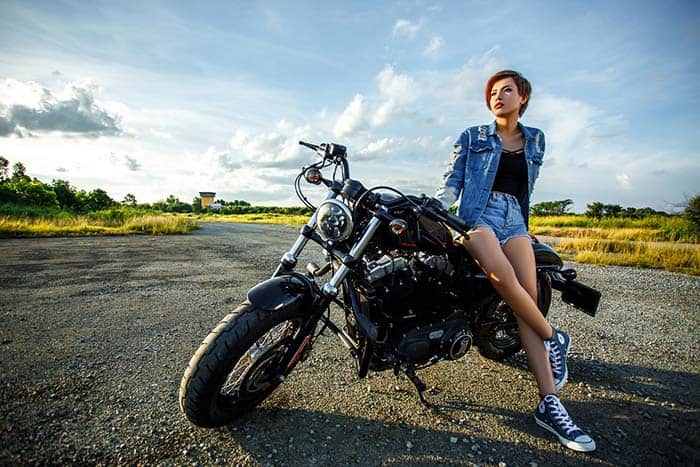
The world of motorcycles is vast and varied, with different models, styles, and features to choose from. This abundance of choices can make the selection process feel overwhelming. Before you rush off to purchase your first motorcycle, it’s essential to understand what it takes to be a successful rider. To embark on your motorcycle journey, you need more than just a bike. You must arm yourself with knowledge, skills, and the right gear. In this guide, we’ll delve into the intricacies of choosing the best motorcycle to learn on.
What Makes a Motorcycle Beginner-Friendly?
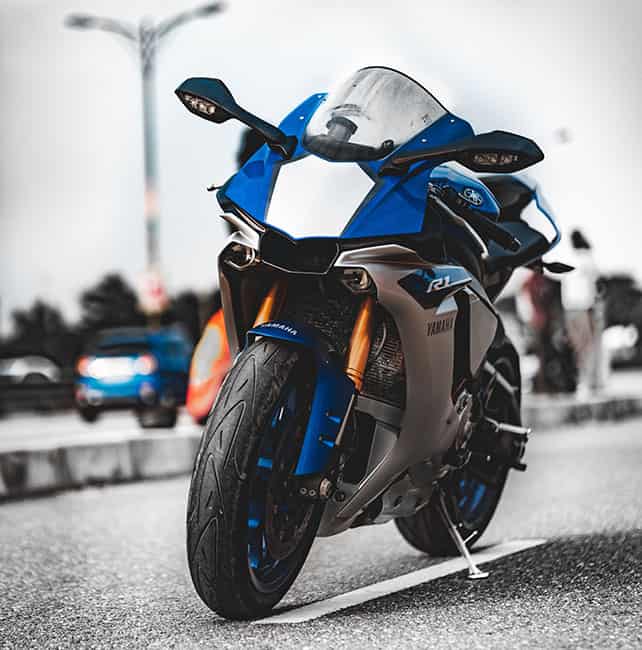
A beginner-friendly motorcycle is easy to control, comfortable to ride, and forgiving of common beginner mistakes. These motorcycles are usually lightweight, which makes them easier to maneuver and less intimidating for new riders. They also typically have a lower seat height, allowing beginners to touch the ground with their feet when stationary, providing an added sense of security and control. Engine size is another critical factor that defines a beginner-friendly motorcycle.
Bikes with smaller engines are generally more suitable for beginners as they offer manageable power. This allows new riders to gradually build their confidence and skill without being overwhelmed. Finally, a beginner-friendly motorcycle should be affordable. As a beginner, you’re likely to make a few mistakes, possibly resulting in minor damages. Therefore, opting for a less expensive model can save you from costly repairs or replacements.
There’s no “one-size-fits-all” when it comes to choosing a beginner motorcycle. However, specific characteristics can make a bike more suitable for a beginner rider. These include:
| Aspect | Range/Description |
|---|---|
| Weight | 300 – 400 lbs: Easier to handle for beginners |
| Engine size | 150 – 600cc: Offers sufficient power without overwhelming |
| Price | Starting from $1,500, varying based on size, type, brand |
| Speed | 80 – 130 mph: Manageable top speed for beginners |
| Technology | Essential: Anti-Lock Braking System (ABS) enhances safety |
| Manufacturer | Choose from reputable manufacturers with beginner options |
| Community | Join rider communities for support and camaraderie |
| Terrain | Consider street, dirt, or both before selecting a bike |
Essential Riding Gear
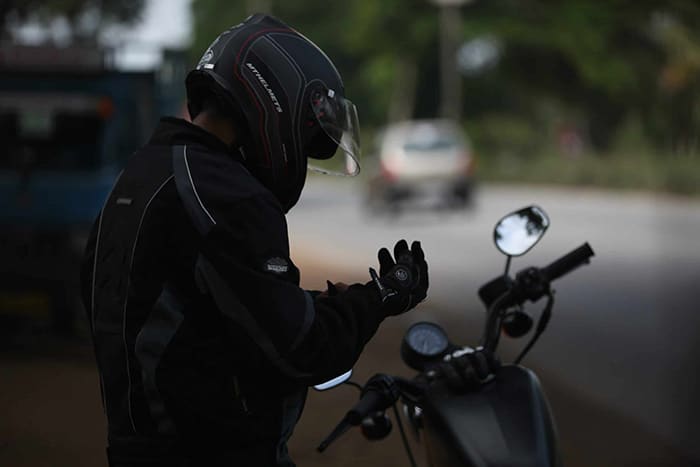
Once you’re equipped with a license and basic knowledge, the next step is to gather your riding gear. Seasoned riders often emphasize the importance of “ATGATT” or “All The Gear All The Time.” This advice might save your life in the worst-case scenario. Remember, when it comes to motorcycle gear, you’re not just buying clothing or accessories – you’re investing in your safety. Key gear includes:
- A DOT-certified helmet, preferably a full-face helmet for maximum protection.
- Motorcycle gloves for warmth, a firm grip, and protection in case of a crash.
- A motorcycle jacket, long pants, or a full riding suit made from leather or ballistic nylon.
- Footwear that covers your ankles to protect you from potential hazards.
Understanding Your Needs and Goals
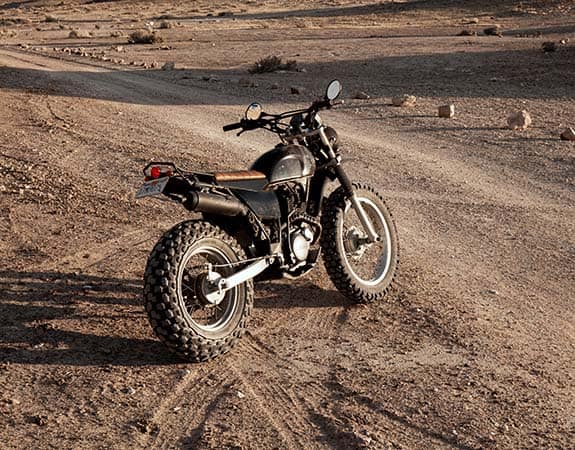
it’s essential to gain a clear understanding of your needs and riding goals. Motorcycles come in various shapes and sizes, each catering to specific riding styles and purposes. Taking the time to assess your intentions and preferences will help you make an informed decision.
Identifying Your Riding Intentions:
- Commuting: If your primary purpose for getting a motorcycle is to commute to work or navigate through busy city streets, you’ll want a bike that is agile, fuel-efficient, and easy to handle in traffic. Look for motorcycles with good maneuverability and comfortable ergonomics to make daily rides a breeze.
- Weekend Rides: For those seeking to enjoy leisurely rides during weekends or on scenic routes, a motorcycle that offers a comfortable riding position and smooth power delivery is ideal. Consider bikes that excel in both urban and open-road conditions, ensuring an enjoyable experience on short and long rides alike.
- Adventure Touring: If your dreams involve embarking on long-distance journeys, exploring off-the-beaten-path destinations, and experiencing various terrains, adventure bikes are the way to go. Look for motorcycles equipped with features like large fuel tanks, adjustable suspension, and luggage carrying capacity to accommodate your touring aspirations.
- Cruising: If you prefer a relaxed and laid-back riding experience, cruiser motorcycles are a fantastic choice. These bikes are known for their low seat height, comfortable riding position, and classic styling. They are ideal for short rides around town or for simply cruising down scenic routes.
Assessing Your Physical Attributes and Limitations:
Motorcycles come in different sizes, and it’s essential to choose one that fits your physical attributes comfortably. Factors such as height, weight, and inseam length play a crucial role in determining the right motorcycle for you:
- Seat Height: A motorcycle’s seat height is a critical consideration, especially for beginners. Being able to place both feet flat on the ground while seated provides stability at stops, making it easier to manage the bike.
- Weight: The weight of the motorcycle affects how it feels and handles. A lighter bike can be more manageable for beginners, especially during low-speed maneuvers and parking.
- Ergonomics: Consider the overall ergonomics of the motorcycle, including handlebar height and positioning, footpeg placement, and seat comfort. An ergonomic fit will contribute to a more enjoyable and less fatiguing riding experience.
Setting a Budget:
Motorcycles come in a wide price range, and it’s essential to set a budget that aligns with your financial situation. Consider not only the upfront purchase cost but also ongoing expenses such as insurance, maintenance, and gear. While it may be tempting to go for high-end models, keep in mind that there are many excellent entry-level motorcycles that offer great value and performance.
By understanding your riding intentions, assessing your physical attributes, and setting a budget, you’ll be well-prepared to narrow down your choices and find the perfect motorcycle to kickstart your riding journey.
Types of Motorcycles for Beginners
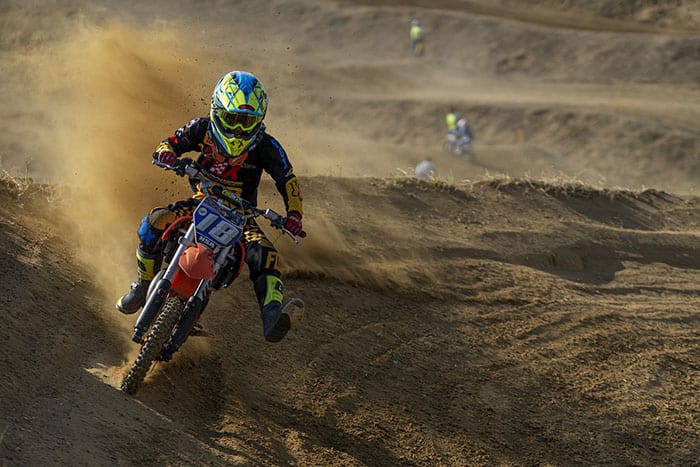
Motorcycles come in various types, each designed to cater to different riding styles and preferences. As a beginner, it’s essential to choose a motorcycle that aligns with your skill level and intended use. Here are the main types of motorcycles for beginners:
Standard “Naked” Motorcycles
Standard motorcycles, also known as roadsters or naked bikes, are one of the most beginner-friendly options available. They are characterized by their simple and versatile design, making them suitable for various riding environments. Standard bikes typically have an upright riding position, comfortable ergonomics, and a neutral handlebar position, which allows for easy maneuvering in traffic.
Benefits of Standard Motorcycles for Beginners:
- Easy to handle and control, making them ideal for learning the basics of riding.
- Versatile and can handle different types of road conditions and riding scenarios.
- Generally more affordable than specialized motorcycles, making them budget-friendly for beginners.
Cruiser Motorcycles
Cruiser motorcycles are well-known for their laid-back, relaxed riding style. They feature low seat heights, allowing riders to place their feet flat on the ground, enhancing stability at stops. Cruisers often boast classic styling with a focus on aesthetics and comfort. These bikes are popular among riders who enjoy leisurely cruises and laid-back riding experiences.
Benefits of Cruiser Motorcycles for Beginners:
- Low seat height and relaxed riding position make them approachable for new riders.
- Comfortable for short to medium distances, making them suitable for urban commuting and scenic rides.
- Timeless aesthetics and customizability provide riders with an opportunity for personalization.
Adventure Bikes
Adventure motorcycles, also known as ADV bikes, are designed for both on-road and off-road adventures. They feature a taller seat height, a more upright riding position, and longer suspension travel compared to standard motorcycles. Adventure bikes typically come equipped with features like skid plates, handguards, and sometimes even electronic aids for off-road riding.
Benefits of Adventure Bikes for Beginners:
- Upright riding position provides better visibility and comfort, especially during long rides.
- Versatile and capable of handling various terrains, making them suitable for riders interested in exploring diverse landscapes.
- Adventure touring potential allows for extended trips and exploration of remote areas.
Sport Motorcycles
Sport motorcycles are built for high performance, featuring aggressive styling and powerful engines. However, they are not recommended as the first choice for beginners due to their sporty nature. Sport bikes have a more forward-leaning riding position, which can be uncomfortable for new riders. The powerful engines require experienced throttle control, making them potentially challenging for those just starting.
Note: If you’re an experienced rider with a background in smaller displacement motorcycles, a sport bike might be a viable option as you transition to more powerful machines.
As a beginner, it’s generally best to start with a standard, cruiser, or adventure bike. These types of motorcycles offer a more forgiving and user-friendly riding experience, allowing you to build confidence and skills gradually. Remember that each type has its advantages, so take your time to find the motorcycle that best suits your riding goals and preferences.
Dual-Sport Motorcycles
Dual-sport motorcycles, also known as dual-purpose bikes, are a subcategory of adventure bikes designed to handle both on-road and off-road riding. They share similarities with adventure motorcycles but are often lighter and more agile, making them better suited for off-road adventures and light trail riding. Dual-sport bikes usually have a taller seat height and longer suspension travel to tackle rough terrain effectively.
Benefits of Dual-Sport Motorcycles for Beginners:
- Versatility for both on-road and off-road riding, allowing riders to explore various environments.
- Lighter and more manageable than some adventure bikes, making them suitable for riders with a preference for off-road exploration.
- Ideal for riders looking to develop their skills and gain experience in different riding conditions.
Dirt Bikes
Dirt bikes, also known as off-road motorcycles, are purpose-built machines designed exclusively for off-road riding. These bikes feature knobby tires, long suspension travel, and lightweight frames, enabling them to conquer rugged trails and challenging terrains. While dirt bikes can be a thrilling choice for experienced riders, they are generally not recommended for beginners due to their specialized nature and lack of street-legal features.
Benefits of Dirt Bikes for Experienced Riders:
- Agility and nimbleness for navigating challenging off-road terrains and trails.
- Ideal for motocross enthusiasts and those who enjoy off-road competition and riding in dedicated off-road areas.
Scooters
Scooters are an excellent option for beginner riders, especially for those who want a simpler and more convenient mode of transportation. Scooters are lightweight, have automatic transmissions, and offer a step-through design, making them easy to handle and accessible to riders of all experience levels.
Benefits of Scooters for Beginners:
- Automatic transmission eliminates the need for shifting gears, simplifying the learning process.
- Lightweight and easy to maneuver, making them ideal for urban commuting and short trips.
- Often equipped with under-seat storage, adding practicality for carrying personal belongings.
Top Beginner-Friendly Motorcycles
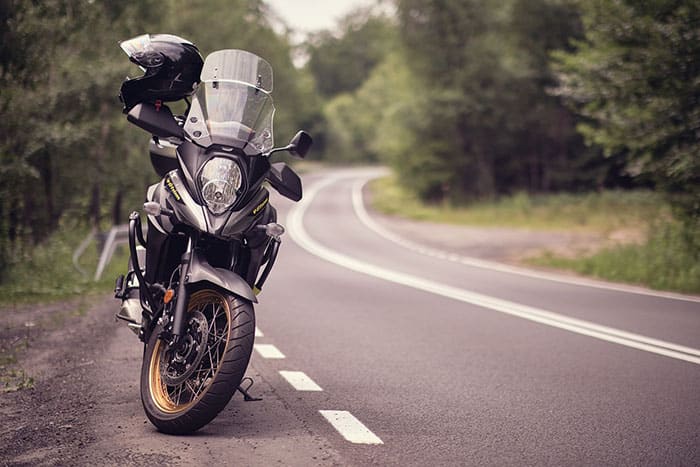
There are numerous beginner-friendly motorcycles on the market, each with its unique features and benefits. Here are some top picks that stand out for their user-friendliness, affordability, and overall suitability for beginners:
- Honda CB300R: This motorcycle is lightweight, easy to handle, and has a comfortable riding position. Its 286cc single-cylinder engine provides enough power for city riding and occasional highway trips.
- Yamaha MT-03: This bike features a low seat height and a lightweight frame, making it easy to control for beginners. Its 321cc twin-cylinder engine offers a smooth and responsive ride.
- Kawasaki Z400: Known for its excellent handling and comfortable riding position, the Z400 is a great choice for beginners. Its 399cc twin-cylinder engine provides a good balance of power and control.
Standard “Naked” Motorcycles: The Happy Medium
The standard or naked category of motorcycles are characterized by an upright riding position. Engine displacement typically falls between 450 and 650cc, and seat height maxes out at about 30 inches, making them an ideal choice for beginners.
Best Standard Motorcycles for Beginners:
- Suzuki SV650: The SV650 has been a fan favorite, especially with the beginner rider crowd. It’s the right weight, power, and price for an entry-level standard motorcycle.
- Honda CB300R: The Honda CB300R is a sporty, entry-level standard bike that comes in fun colors.
- Yamaha SR400: The SR400 is a perfect entry-level bike that delivers on power, but not too much, and smooth rides.
Best Dual Sport Motorcycles for Beginners:
- Suzuki DR 200: The Suzuki DR 200 is a reliable, low displacement bike that is perfect for the trail or as a daily commuter.
- Kawasaki KLR650: This model has been around since the 80s and while it was mostly unchanged up until recently, it’s still a crowd favorite.
- Honda CRF300L: The Honda CRF300L strikes the perfect balance between size, weight, power, and handling to get a beginner bike that is perfect for on or off-road.
Adventure Bikes: For the Adventurous Souls
Adventure bikes combine the best of off-road bikes with an on-road performance. They’re versatile enough to take anywhere, and you can find great beginner-friendly options.
Best Adventure Bikes for Beginners:
- Kawasaki Versys-X 300 ABS: The Versys-X 300 ABS is ideal for your next adventure on the open road. It’s a compact, manageable bike that you’ll never have trouble handling.
- Honda H’ness CB350: This bike combines vintage looks with modern performance and cutting-edge technology, delivering enjoyable rides for years to come.
- BMW G 310 GS: The G 310 GS is a great beginner bike for anyone planning cross-country travel but may still be fairly new to biking.
Before making a final decision, take the time to thoroughly research various motorcycles that align with your preferences. Reading reviews, visiting motorcycle forums, and seeking advice from experienced riders can provide valuable insights.
- Winter Riding Pants Motorcycle - February 25, 2024
- Europe Motorcycle Road Trips - December 3, 2023
- Motorcycle Slang and Terminology - November 28, 2023

